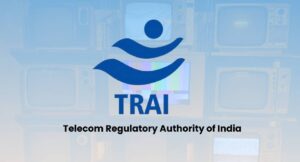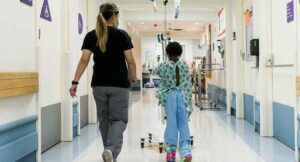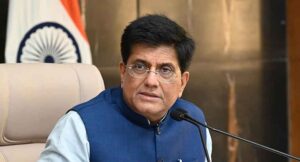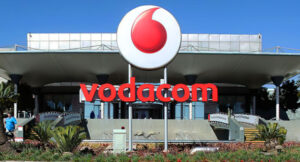Hormone testing has long relied on laboratory blood tests, which only capture a single moment in time and require frequent clinic visits. For patients undergoing IVF, managing menopause, or receiving testosterone replacement therapy (TRT), this means invasive, inconvenient, and often delayed insights into their hormonal health.
Healthtech startup Level Zero Health is tackling this problem with the world’s first remote and continuous hormone monitoring device. Now, the company has secured £5.5 million in pre-seed funding, led by Swiss VC Redalpine, with support from HAX (SOSV), Entrepreneur First, and industry experts, to bring this technology to market.
Expansion and growth plans
With fresh funding secured, Level Zero Health is focusing on the following:
- Advancing R&D to refine its DNA-based hormone monitoring system
- Expanding its team in the UK and US
- Preparing for clinical trials and regulatory approvals
- Bringing its technology to market, starting with B2B clinical applications
A new era for hormone tracking
Rather than relying on invasive blood draws, Level Zero Health’s device measures hormones in interstitial fluid, which surrounds cells and tissues. This sleek, wearable patch, worn on the arm, provides real-time readings of key hormones like cortisol, progesterone, estrogen, and testosterone. Its DNA-based sensors allow users to track hormone levels in real-time, similar to how continuous glucose monitors have transformed diabetes care.
By enabling on-demand, continuous hormone tracking, Level Zero Health is democratising access to hormone data, making it easier for both patients and clinicians to understand and manage hormonal health effectively.
Proven results
In just under a year, Level Zero Health has made remarkable progress, validating its DNA-based sensors in simulated samples across 98% of the human clinical range. As per the company, this is a milestone that significantly outperforms industry standards.
Its non-invasive, real-time monitoring capabilities place it at the forefront of next-generation diagnostics, opening the door for B2B clinical adoption as well as pharma and consumer applications in the future.
Experienced leadership and visionary advisory board
Founded in 2023 by Ula Rustamova (ex-Palantir Enterprise Tech Lead and wearable startup founder) and Irene Jia (former medical device developer at Philips), Level Zero Health brings together expertise in enterprise tech, medical devices, and biotech innovation.
The company has also assembled an impressive clinical advisory board, including Aaron Styer, Medical Director at CCRM Fertility and Associate Professor at Harvard Medical School; Kelly Walker, Board-certified urologist and medical advisor at hims; and Joshua Klein, Medical Director at Extend Fertility and Assistant Professor at Mount Sinai.
What’s next?
By modernising hormone diagnostics, Level Zero Health is setting a new standard for real-time, personalised healthcare. With continuous hormone monitoring, patients and clinicians will soon have access to unprecedented insights, making hormone-related treatments more precise, accessible, and effective than ever before.
Ula Rustamova, CEO of Level Zero Health, said: “Our innovative remote monitoring technology marks an enormous leap forward in hormone testing, and this funding will enable us to bring this revolutionary solution to market. This breakthrough in health technology has come about in a relatively short amount of time, but already we are seeing strong demand from customers who recognise the benefits of hormone monitoring not only because it allows patients to skip invasive and inconvenient lab tests, but also because it captures critical data inaccessible before.”
Philip Kneis, investor at redalpine and board member of Level Zero Health, said: “We did it for blood pressure and will do it again for hormones. Continuous hormone measurement is one of the holy grails of diagnostics, and as fundamental science transitions to engineering, we couldn’t be more excited to back Level Zero Health in their mission to transform hormone tracking with their novel biosensor – paving the way for a new era of personalised health management.”
Aaron Styer MD, co-founding partner and medical director at CCRM Fertility Boston stated: “Improvements in healthcare delivery have been impacted by the limitations of existing devices and applications. This technological breakthrough by Level Zero Health will transform the clinician’s ability to manage and monitor hormonal-based diseases and treatments. The technology has a myriad of applications across remote hormonal monitoring for fertility treatments and endocrine disorders. It will significantly expand patient access to care, reduce healthcare costs, and enable clinicians to change the paradigm of medical practice.” TechFundingNews









